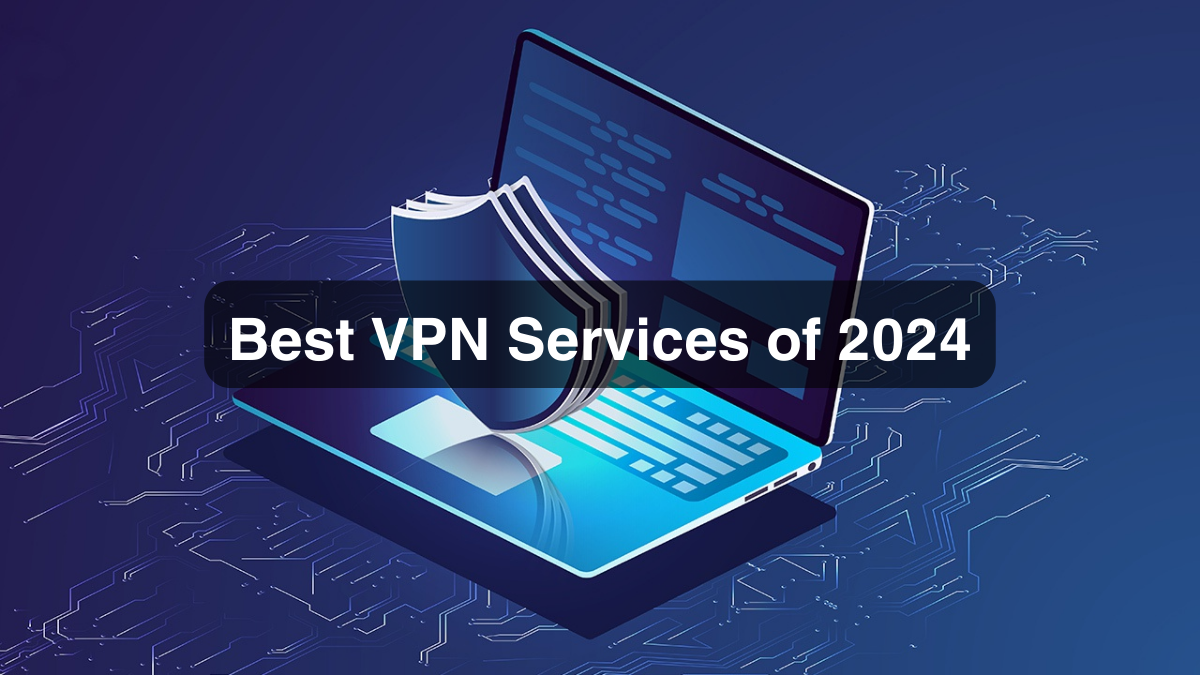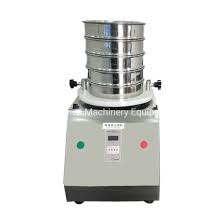VoIP (Voice over Internet Protocol) call monitoring is an important tool that can help businesses maximise productivity and effectiveness. By covering and assaying VoIP call data, businesses can gain valuable insight into their communication operations, identify areas for enhancement, and make data-driven opinions to enhance performance.
With real-time monitoring, businesses can stay on top of call exertion and insure that client service norms are met. Also, VoIP call monitoring can give detailed reports on call volume, duration, and quality, allowing businesses to make informed opinions about staffing, training, and other coffers. Overall, VoIP call monitoring is essential for any business looking to enhance communication performance and drive growth.
What is VoIP call monitoring?
VoIP (Voice over Internet Protocol) call monitoring is the recording, analysing, and assessing of the data generated by VoIP telephone calls.
This data can include information similar to call duration, call volume, call quality, and caller details. By monitoring VoIP call data, businesses can gain valuable insight into their communication operations, identify areas for enhancement, and make data-driven decisions to enhance performance.
VoIP call monitoring can be done in real-time, allowing businesses to cover call exertion and ensure that client service norms are met.
Also, VoIP call monitoring can give detailed reports on call volume, duration, and quality, allowing businesses to make informed opinions about staffing, training, and other coffers.
VoIP call monitoring is generally done using software, which can be integrated with a VoIP telephone system or bought as a stage-alone result. Some common VoIP call monitoring software features include call recording, call analytics, and quality reporting.
VoIP call monitoring is essential for businesses looking to facilitate communication operations and drive growth. It can help businesses identify trends, examine staff performance, and make data-driven opinions to enhance productivity and effectiveness.
Benefits of VoIP call monitoring
Voice over Internet Protocol (VoIP) call monitoring is used to track and analyse the performance of voice calls made over a VoIP network. The benefits of VoIP call monitoring include the following.
Advanced call quality: VoIP call monitoring can help identify and resolve issues causing poor call quality, similar to jitter, inactivity, and packet loss.
Increased effectiveness: By monitoring call exertion, businesses can identify patterns and trends that can optimise their call centre operations, similar to relating peak call times and staffing.
Enhanced security: VoIP call monitoring can help detect pitfalls like risk fraud and denial-of-service attacks.
Compliance: Some industries have specific compliance regulations that need to be met, and VoIP call monitoring can help businesses ensure they comply.
Identifying training needs: VoIP call monitoring can identify areas where workers need fresh training, similar to client service chops or product knowledge.
Advanced client service: VoIP call monitoring allows businesses to hear client relations and identify areas where client service can be better.
Cost savings: By relating and resolving issues causing poor call quality, businesses can reduce costs associated with client complaints and lost business.
VoIP call monitoring can help businesses to facilitate their call centre operations, enhance security, insure compliance, and give better client service. It can also help to identify areas where training is demanded and identify patterns that can lead to cost savings.
How to use VoIP call monitoring?
There are several ways to use Voice over Internet Protocol( VoIP) call monitoring, depending on the specific system and tools used. Then are some general ways to be followed when using VoIP call monitoring.
Set up the monitoring system: This generally involves installing and configuring the software or tackle that will be used to track and dissect the performance of voice calls made over a VoIP network.
Define covering parameters: This step specifies what data should be collected and anatomised, similar to call duration, number of calls, call quality criteria, and client relations.
Collect data: Once the monitoring system is set up and the parameters are defined, data is collected in real-time and stored for analysis.
Analyse the data: This step involves reviewing the collected data to identify patterns and trends similar to peak call times, common client complaints, and areas where client service can be improved.
Take action: Grounded on the analysis, businesses can alleviate their call centre operations, like adding staffing during peak call times, furnishing fresh training for workers, and enforcing new security measures to help risk fraud.
Continuously cover: The process is ongoing, and the data should be continuously covered to insure that all the parameters are met and to identify any new issues that may arise.
Some VoIP call monitoring systems can be integrated with CRM or helpdesk software to provide more detailed analysis and reporting. Likewise, some of these covering systems have an automatic waking system that can warn you if any parameter isn’t met, which can help you to take action faster.
Conclusion
In today’s discussion, we discussed didi numbers along with VoIP call monitoring to let you know how these are helpful for all newly emerging and small businesses.
We did our best to make you realise how VoIP can change the way of your business communications.







